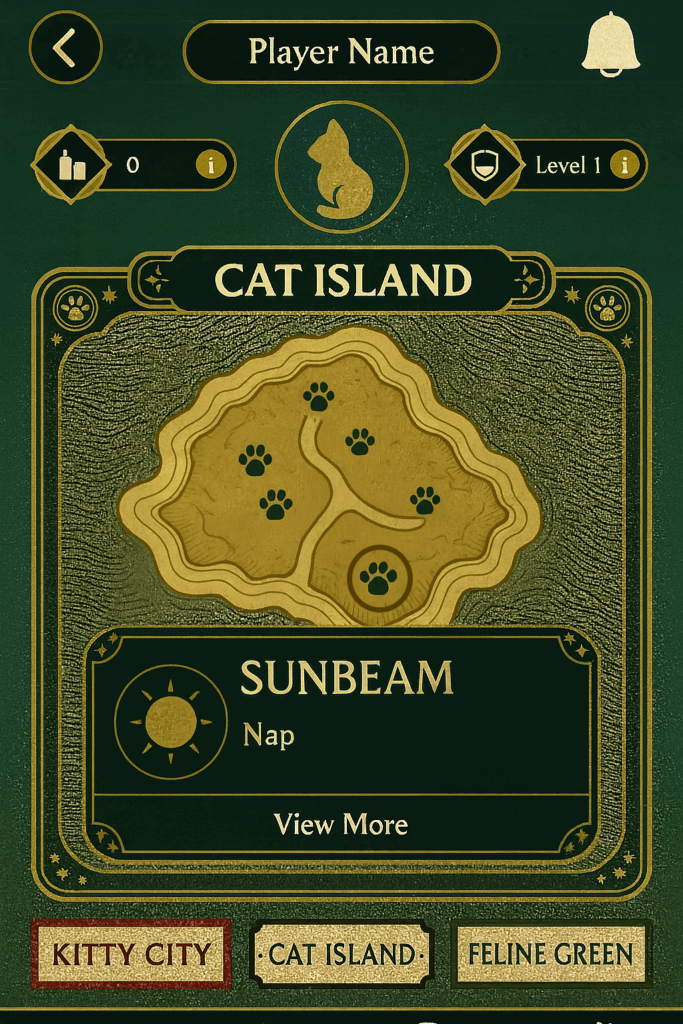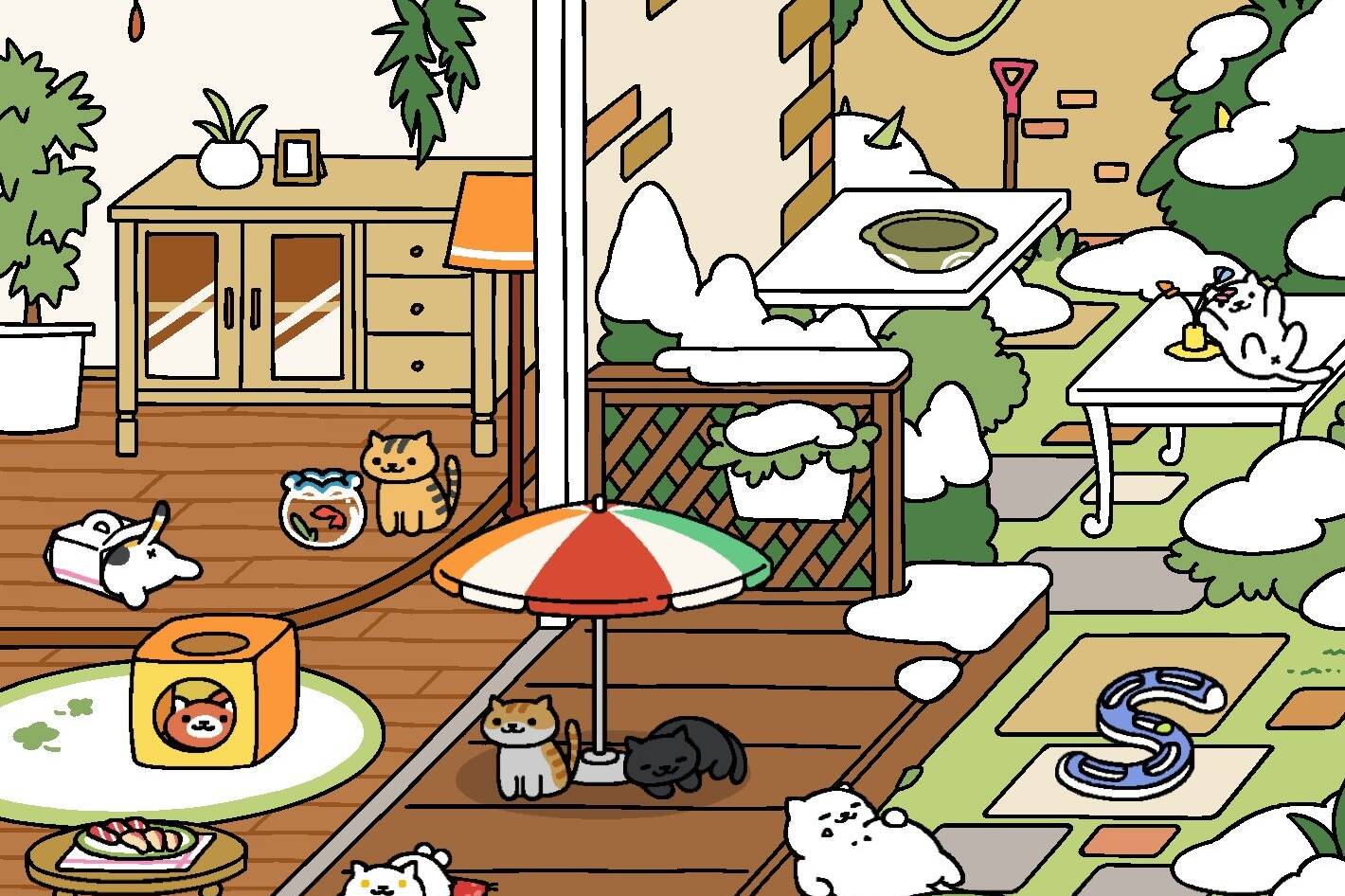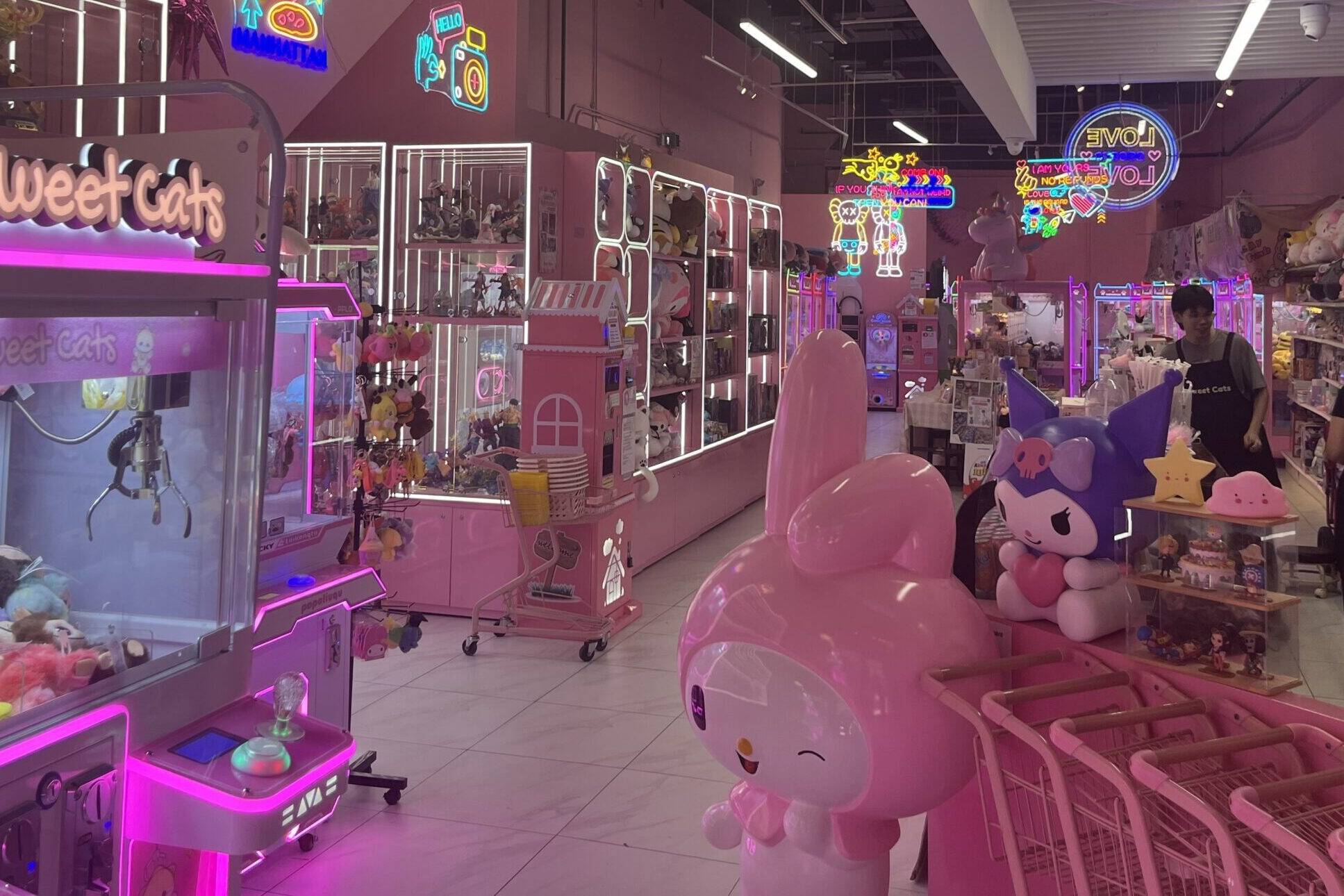Editor’s Note: This post has contributions by Eric Soto.
In modern parks and attractions, guests expect digital tools that integrate seamlessly with the environments around them. Guests at zoos, theme parks, and other location-based attractions are accustomed to using apps to create itineraries, order food, view maps and wait times, etc. These apps present an opportunity to enhance guest experiences through connected gameplay.
This article draws upon GP’s many years of experience to explore how thoughtfully designed mobile apps and game platforms can enrich themed entertainment while supporting operations at scale.
Design with the Guest Journey at the Center
Game platforms should guide and level up the IRL experience. Guests go to location-based attractions to interact with the physical world. They do not want to be distracted or overwhelmed by their phones.
The game can maximize accessibility through clear design and straightforward goals. An app can expand its user base by supporting localization, using accessible UI, and assuming the guest has no experience in digital gaming. One of the major dangers of hiring game designers is our expertise: we assume that behavior that seems intuitive to us is not at all obvious to anyone else.
Designers should pick and choose digital game mechanics based on the expected behavior of their guests. Many video games are designed for extended and repeated play. Apps in theme parks should be designed for people who toggle between hurrying and waiting in line. A theme park game can support both situations by presenting a top layer of content that lays out all the need-to-know information, with lower layers of rich material that reward guests for diving deep.
Blend Digital Play into the Physical World

The best mobile and game platforms make guests feel like participants in the story. They should have agency: maybe they join a team that competes against other teams at the attraction. They should have a personalized experience: the app reflects their individual journeys. Most importantly, actions they take in the real world should correspond to mobile progress, and vice-versa.
Interactive maps can guide guests, displaying where the guest has gone and what is left to visit. Digital collectibles can celebrate guest activity, displaying what the guest has accomplished and what is left to do. On the other hand, a mobile-only game that does not reflect or affect the guest’s IRL experience is a distraction. If we really want to keep a take-home game in the app, it should be in a separate and clearly labeled section.
Plan for Scale and Seamless Performance
Attractions must support high volumes of simultaneous users. Smooth performance is essential to maintain the feeling of magic. We do not want to break the illusion by not planning for increased crowds during the holiday season.
According to Eric Soto, SVP of Technology & Themed-Entertainment, an interactive has up to 200 milliseconds to respond to guest interaction. This isn’t just a question of technology. A thoughtful designer can build in time for communication: maybe an interactive location sends a signal at the start of the interaction, then continues to play a show, giving the network time to transmit any necessary information.
GP prefers to participate in the early design process so we can address situations like the above, and let clients know what else is possible – maybe there are opportunities they haven’t thought about yet.
Conclusion
When designing game platforms for location-based attractions, we must focus on the audience’s unique desires and needs. We are not trying to design a video game that provides many hours of play, nor an addictive app that rewards players for daily use. Guests behave differently at stores, museums, aquariums, zoos, theme parks, and more.
As the use of apps at location-based attractions increases, so too do opportunities for rewarding guests. Whether your goal is entertainment, education, or engagement, a game platform provides opportunities to fulfill your experiential goals. If you’d like to explore how these ideas could enhance your next attraction or experience, we’d welcome the conversation!




